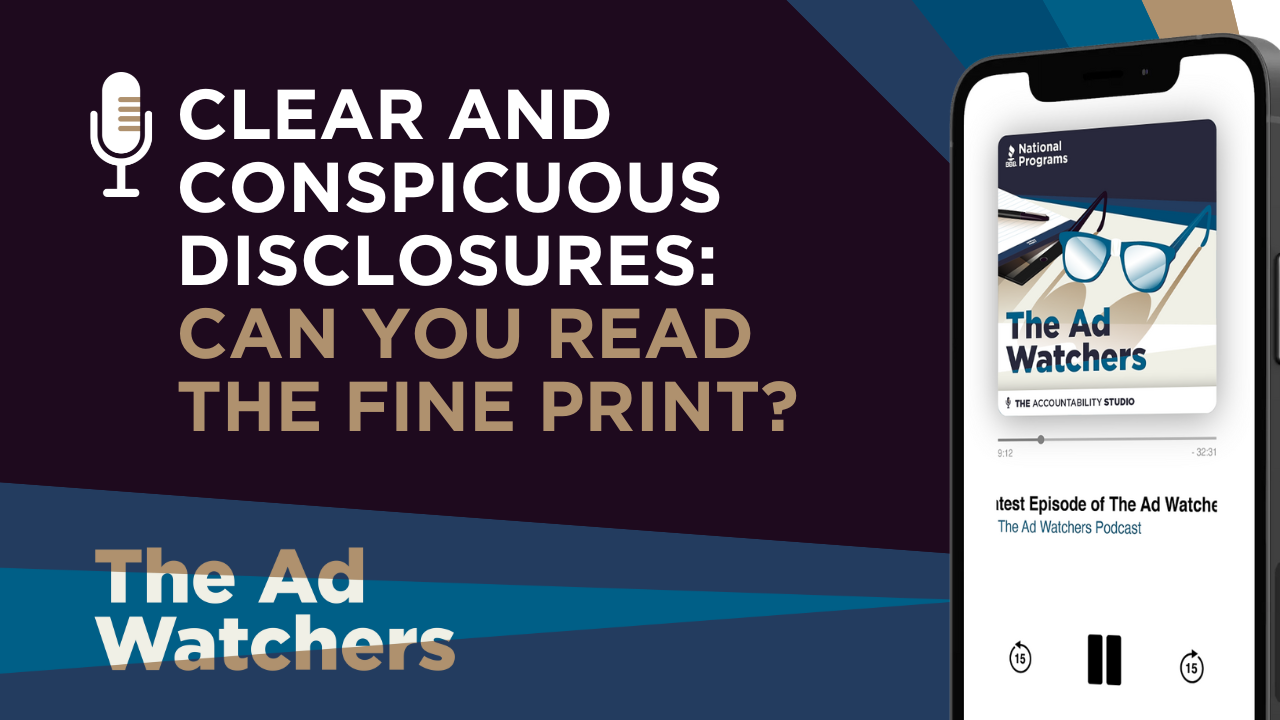Podcast (adwatchers): Play in new window | Download (Duration: 25:39 — 35.3MB) | Embed
Subscribe: Apple Podcasts | RSS

Artificial intelligence (AI) is top-of-mind for most businesses and on the radar of the National Advertising Division (NAD). In this episode of The Ad Watchers, NAD attorneys Eric Unis and Annie Ugurlayan are joined by guest Ken Crutchfield from Wolters Kluwer Legal & Regulatory U.S. to discuss AI’s potential impact on advertising.
Annie, Eric, and Ken chat about how AI is shaking things up in advertising and the law. Their discussion includes a comprehensive overview on the types of AI, how it works, and where advertisers may want to tread lightly. They dive into a recent case where AI was in the spotlight and break down the different kinds of AI out there. Ken brings insights on how AI is changing the legal field, how it can help advertisers get a grip on markets, and why using AI correctly is so crucial. The conversation covers the ups and downs of using AI in ads, what advertisers need to think about, and tips for navigating AI-related challenges.
Key Takeaways
[03:00] Clear disclosures are crucial when using AI in advertising to avoid misleading claims and copyright infringement.
[11:36] Validation of AI-generated content through trusted sources is essential to ensure accuracy and reliability.
[15:07] Regulating AI poses challenges, and laws may vary internationally, requiring careful consideration of legal requirements.
[21:39] Courts are encountering AI-related cases, and the use of AI in legal proceedings is a topic of discussion.
[24:01] The conversation around AI in advertising and the law is ongoing, and further exploration of its implications is necessary.

